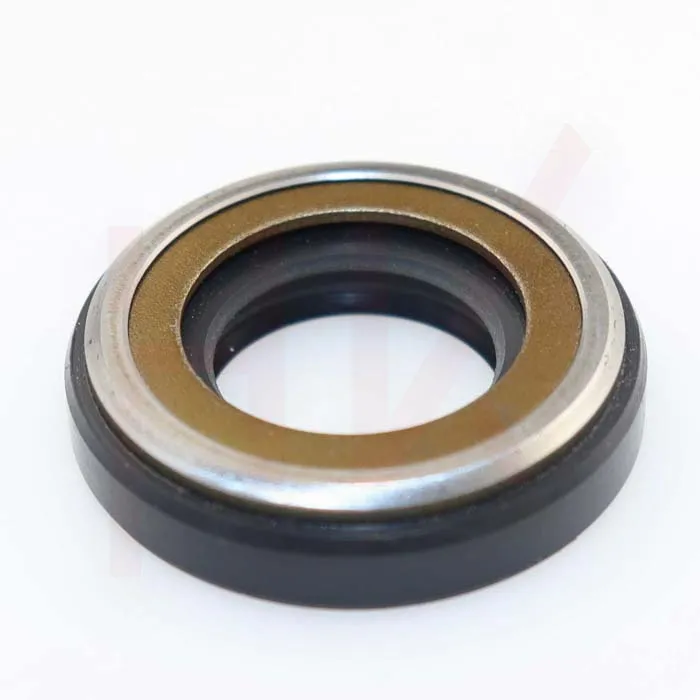నవం . 21, 2024 00:05 Back to list
hydraulic cylinder seal repair
Hydraulic Cylinder Seal Repair A Comprehensive Guide
Hydraulic systems play a vital role in a variety of industrial applications, from construction equipment to manufacturing processes. At the heart of these systems are hydraulic cylinders, which utilize pressurized fluid to create motion and power. However, one common issue faced by hydraulic systems is seal failure. In this article, we will delve into the topic of hydraulic cylinder seal repair, highlighting the importance of regular maintenance, the typical causes of seal failure, and the steps involved in performing an effective repair.
Understanding Hydraulic Cylinder Seals
Hydraulic cylinder seals are critical components that ensure fluid remains contained within the cylinder. They prevent leaks and maintain the required pressure for optimal operation. Seals can be made from various materials, including rubber, polyurethane, and PTFE, each suited to specific applications and fluid types.
Common Causes of Seal Failure
Seal failure can result from several factors, and understanding these can help in preventing future issues
1. Aging and Wear Over time, seals can degrade due to exposure to high pressures, extreme temperatures, and fluid contamination. Regular inspection is key to identifying aging seals.
2. Contamination Dirt, debris, and particulate matter can contaminate hydraulic fluid, leading to the erosion of seal material. Ensuring clean fluid and using proper filtration systems can mitigate this risk.
3. Improper Installation Incorrect installation can lead to premature seal failure. It’s crucial to follow manufacturer guidelines when installing seals to ensure a proper fit and alignment.
4. Misalignment and Mechanical Damage Misalignment of the cylinder or external forces can damage seals and prevent proper function. Regular maintenance of both the cylinder and its mounting system can help alleviate these issues.
Signs of Seal Failure
Awareness of the signs of seal failure is essential for timely intervention. Common indicators include
- Fluid Leaks Visible fluid around the cylinder or on machinery surfaces is a clear sign of a seal issue. - Reduced Performance A drop in efficiency or power, such as slower movement of the cylinder, may indicate internal leakage due to seal failure.
hydraulic cylinder seal repair

- Unusual Sounds Grinding or squeaking noises from the cylinder can suggest misalignment or seal wear.
Repairing Hydraulic Cylinder Seals
When faced with seal failure, timely repair can prevent further damage and costly downtime. Here’s a step-by-step guide
1. Safety Precautions Before starting any repair, ensure the hydraulic system is depressurized. Follow safety protocols to prevent accidents.
2. Disassembly Carefully remove the hydraulic cylinder from its mounting. Document the assembly for easier reinstallation later.
3. Inspection Examine the cylinder, rod, and other components for signs of wear, damage, or contamination. Replace any parts as necessary.
4. Seal Removal Use appropriate tools to remove the old seals. Be cautious not to damage the cylinder or other components during this process.
5. Seal Replacement Select high-quality replacement seals that match the specifications of the original seals. Install them carefully, ensuring proper orientation and fit.
6. Reassembly Once the new seals are in place, reassemble the cylinder and other components, ensuring everything is aligned correctly.
7. Testing After reinstallation, gradually bring the system back online and monitor for leaks or unusual behavior. Conduct performance tests to ensure everything is functioning properly.
Conclusion
Repairing hydraulic cylinder seals is a manageable task that can significantly extend the life of hydraulic systems. By recognizing the signs of seal failure and understanding the repair process, operators can maintain optimal performance and avoid the costly consequences of prolonged downtime. Regular maintenance and prompt repairs are vital to the longevity of hydraulic equipment, contributing to more efficient operations across various industries.
-
The Trans-formative Journey of Wheel Hub Oil Seals
NewsJun.06,2025
-
Graphene-Enhanced Oil Seals: Revolutionizing High-Pressure Oil Sealing
NewsJun.06,2025
-
Future of Hydraulic Sealing: Advanced Intelligent TCN Oil Seals
NewsJun.06,2025
-
Don’t Let a Broken TCV Oil Seal Ruin Your Day
NewsJun.06,2025
-
Bio-Inspired Dust Seals for Better Sealing Performance
NewsJun.06,2025
-
Biodegradable and Sustainable Hydraulic Seal Materials
NewsJun.06,2025
-
Top Oil Seal Solutions for Your Industrial Needs
NewsMay.22,2025
Products categories
















